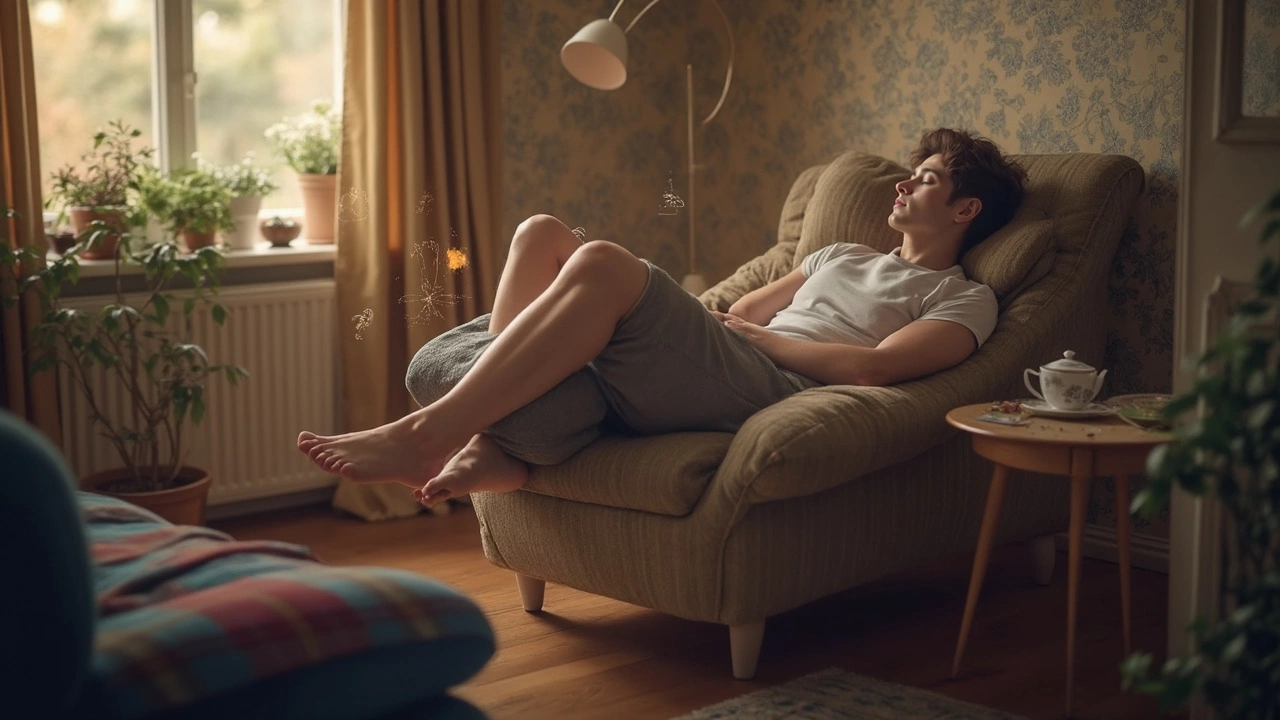Sleep Posture Made Simple: Furniture, Mattress, and Habits
Ever wake up with a sore back and wonder why? Most of the time it’s not the mattress alone – it’s how your whole bedroom setup supports your body while you snooze. Getting your sleep posture right can be easier than you think if you look at a few key pieces and tweak a couple of habits.
Pick the Right Bed Base and Frame
A sturdy, level bed frame does more than keep your mattress from sagging. It keeps the spine aligned from the very start of the night. Look for a frame with solid slats spaced no more than 3 inches apart, or a platform that offers uniform support. If you notice dips or wobble, replace the frame – a cheap fix now saves you weeks of back pain later.
Adjustable bases are another good bet. Raising the head a few inches can reduce acid reflux and relieve pressure on the lower back. The same goes for a slight leg lift; it encourages a natural curve and eases tension for side sleepers.
Choose a Mattress That Matches Your Pose
Back sleepers need a mattress that cradles the natural lumbar curve without sinking too far. Medium-firm is often the sweet spot. Side sleepers should aim for a softer feel that lets shoulders and hips sink just enough to keep the spine straight. Stomach sleepers are the toughest – a firm surface keeps the hips from lifting too high, which would over‑arch the lower back.
Test a mattress for at least 10 minutes in your usual sleep position. If you feel a dip or a gap under your hips or shoulders, it’s a sign the material isn’t right for you. Many retailers now offer 100‑night trials, so you can really get a feel for how it supports your posture over several weeks.
Pillow Placement Matters Too
Don’t underestimate the pillow. For back sleepers, a thin pillow under the neck supports the cervical spine without pushing the head forward. Side sleepers benefit from a thicker pillow that fills the space between ear and shoulder, keeping the neck aligned. If you’re a stomach sleeper (which we don’t recommend), use the thinnest pillow possible or none at all to avoid neck strain.
Simple Night‑Time Habits for Better Alignment
Even the best furniture can’t fix a habit of curling up like a pretzel. Try these quick fixes:
- Roll onto your side and place a small pillow between your knees – it stops the top leg from pulling the spine out of line.
- If you’re a back sleeper, put a pillow under your knees to reduce lower‑back pressure.
- Keep the bedroom cool (around 65°F or 18°C). A cooler room encourages a deeper, more stable sleep posture.
Also, give yourself a short stretch before bed. Cat‑cow stretches or a gentle spinal twist can loosen tight muscles, making it easier for your body to stay in a neutral position all night.
When to Call in the Pros
If you’ve tried these tweaks and still wake up stiff, it might be time to talk to a physiotherapist or a sleep specialist. They can spot hidden alignment issues and recommend custom solutions, like an orthopedic mattress or a bespoke bed frame built to your exact measurements.
Bottom line: good sleep posture isn’t a mystery – it’s a mix of the right bed base, a mattress that suits your pose, proper pillow support, and a few easy bedtime habits. Make these adjustments, and you’ll likely notice less ache, better rest, and a happier morning you can actually look forward to.



